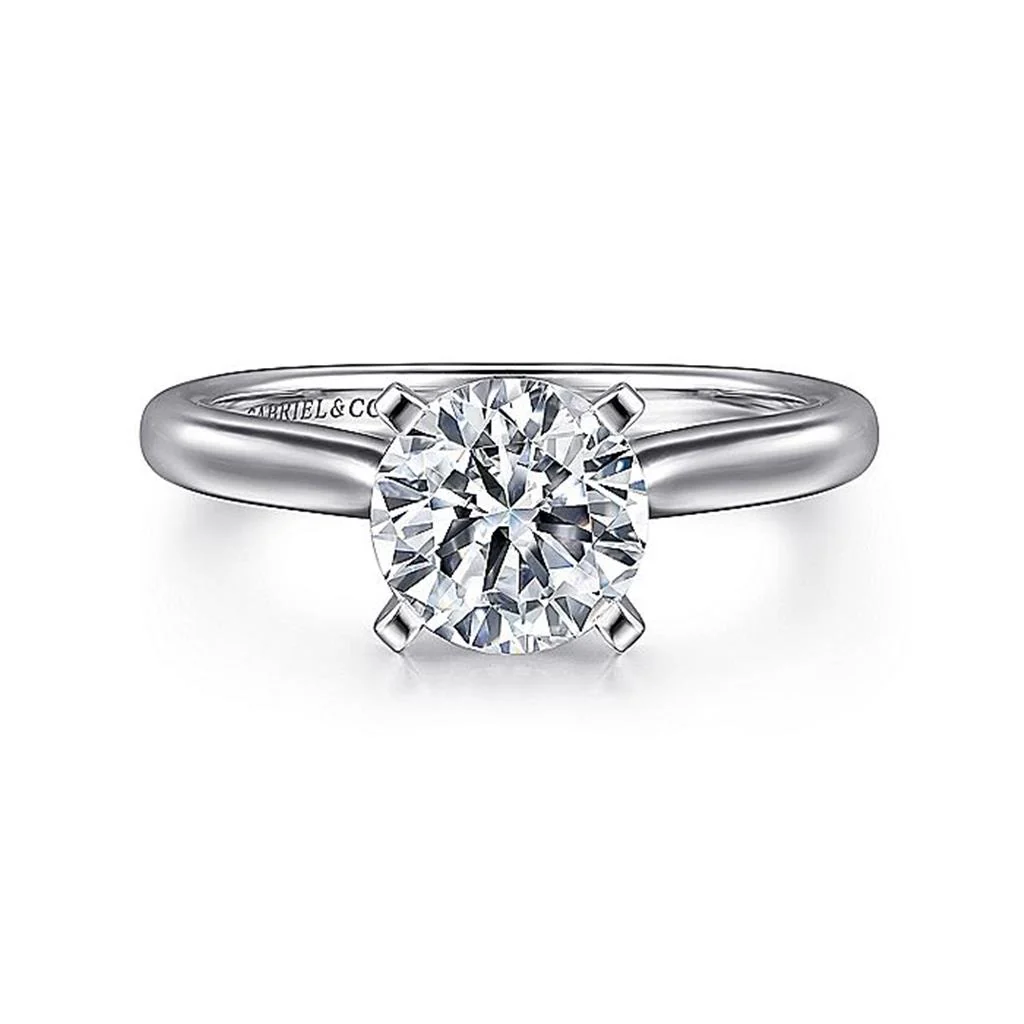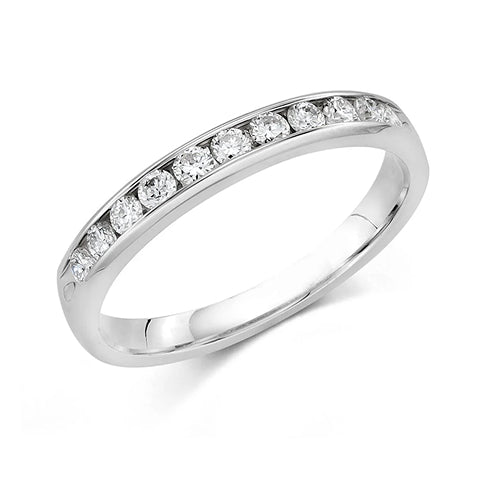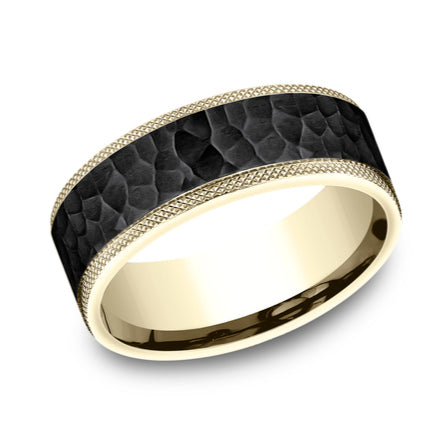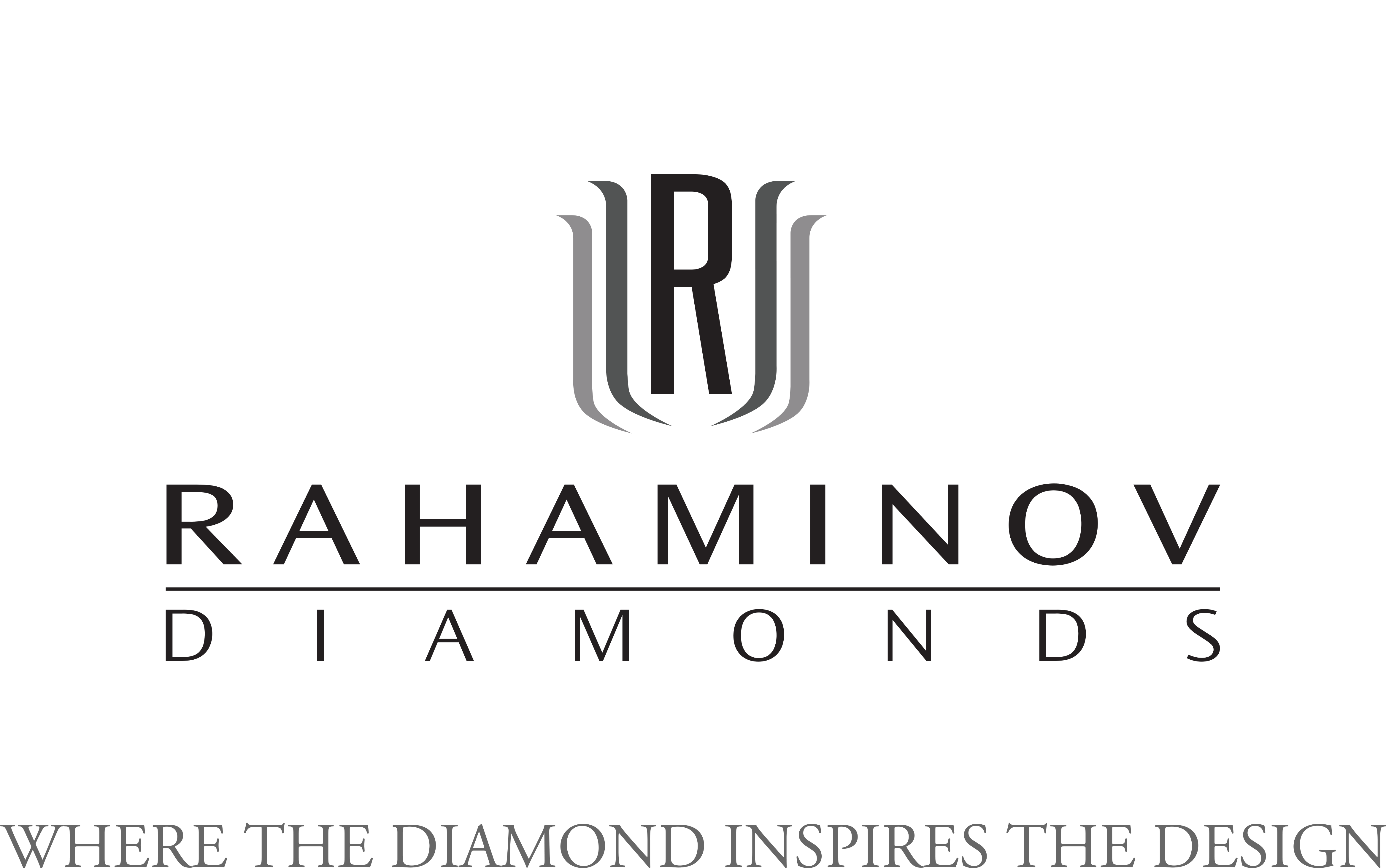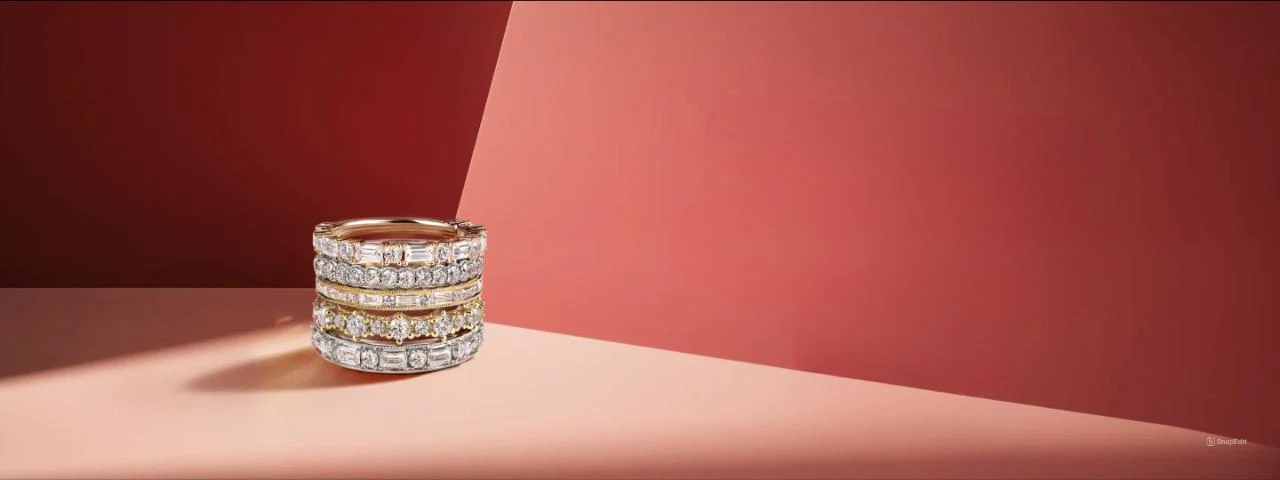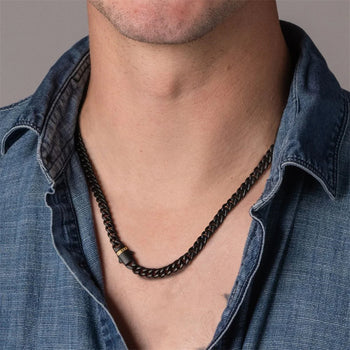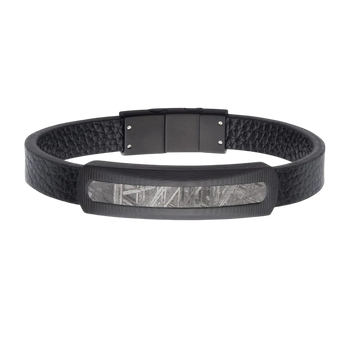
What Are Newborn Lab Created Diamonds?
Diamonds are found in nature and can be created in a lab. Either way, they have the same physical, chemical, and optical properties. Newborn/lab-created diamonds are grown in controlled environments, where conditions are perfectly replicated using advanced technology. In this guide, we’ll explain these processes plus the key qualities and benefits of lab-created diamonds.
How Does a Lab Grow Diamonds?
In the laboratory, the following processes are used to form newborn-created diamonds:
High Pressure-High Temperature: The diamonds are created using a press. This machine can be a cubic press, belt press, or split-sphere press, each capable of replicating the same types of temperatures and pressures needed to form diamonds deep underground. But first, a small diamond seed is placed in carbon; when the carbon melts, a diamond forms around the seed. Pure carbon diamond forms as the sample is cooled.
Chemical Vapor Deposition: A thin slice of diamond seed is placed in a sealed chamber, which is then heated. Methane or other carbon-rich gases are injected into this chamber and ionized into a plasma to break molecular bonds. As carbon sticks to the diamond seed little by little, it crystalizes into what we know as a diamond. Both these techniques mimic the process in which natural diamonds are formed.
Can You Tell the Difference Between Natural and Newborn Created Diamonds?
It’s extremely difficult to tell the difference using a standard jewelry loupe. Only by using specialized equipment, can trace elements be detected that would indicate the diamond was lab-grown. This is the only way to differentiate the crystal growth patterns as well.
Qualities
Newborn lab-created diamonds exhibit these same qualities as the real ones:
- Durability: A lab-grown diamond is rated a 10 on the Mohs hardness scale, the same as a natural diamond.
- Clarity: A lab-grown diamond has flaws just like a natural stone, and is also ranked in clarity from Flawless to Included 3.
- Color: The same color scale is used for both types (G - J; which are near colorless, and D - F, which are true colorless diamonds).
- Cut: You’ll find lab-grown diamonds in the same types of cuts too, including Round, Oval, Princess, Emerald, Cushion, Asscher, Emerald, Radiant, and Heart.
- Carat: Newborn diamonds come in all sizes and weights, which affects their price as much as any other diamond.
Benefits of Lab-Created Diamonds
Since a diamond formed in a lab has the same properties as one that forms in nature, it is just as durable and requires the same amount of care. However, there are numerous benefits to purchasing a newborn diamond, including:
- Lower Cost: Perfect mined diamonds are rare plus a long supply chain follows the mining process. Lab-created diamonds aren’t cheap though; the cost of cutting, polishing, and other processes is the same.
- Eco-Friendly: Creating a diamond doesn’t have the same environmental or ecological impacts as mining. It also takes less energy to grow one than mine a diamond.
- Versatility: Greater control over the production process allows for a wide range of colors to create unique stones.
- Ethics: Unethical diamond production practices have been issues in the past, including exploitation of miners and violence in nearby communities. None of these matters are a concern when you buy a lab-grown diamond.
Newborn-Created Diamonds Price
Many factors determine the price of any diamond. In general, newborn lab-created diamonds are 20% to 30% lower in price than mined stones. To learn more about pricing, shop for diamonds, or receive help finding the perfect one, contact Jeweler’s Touch. Our custom designers can help create a one-of-a-kind piece as well. Call 714-579-1616 to get started

